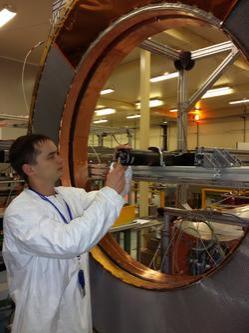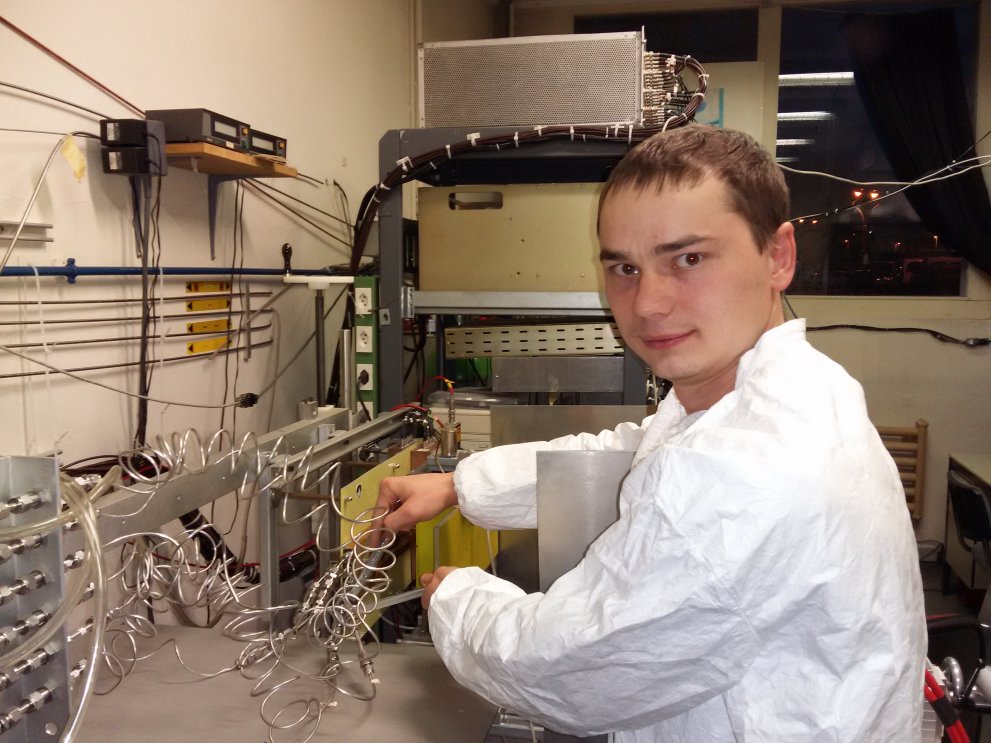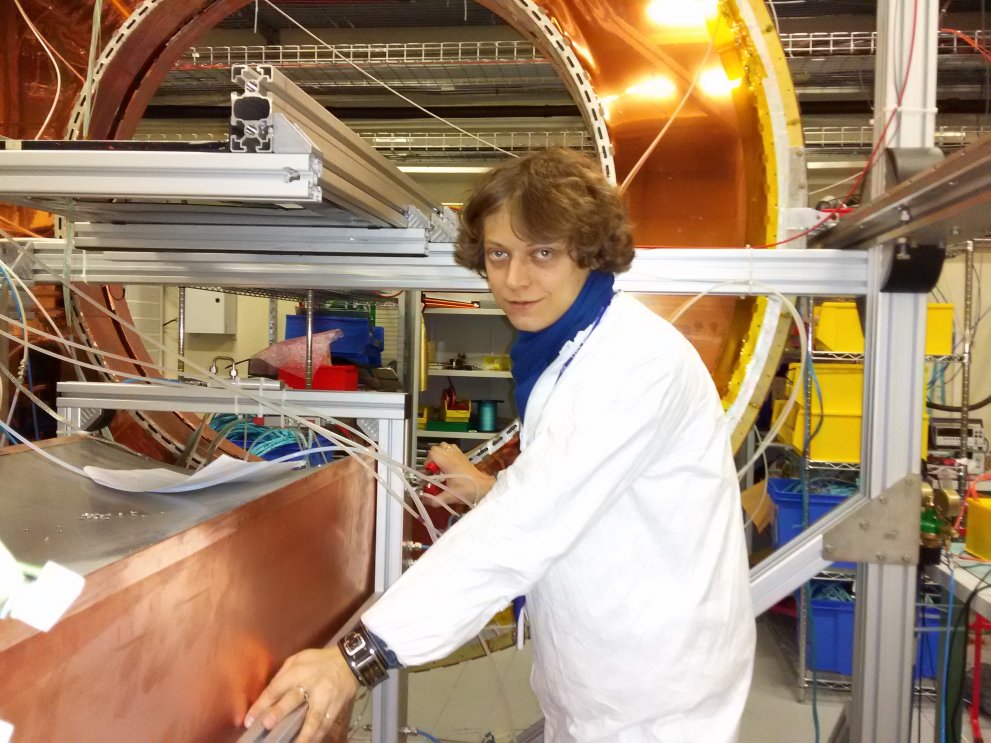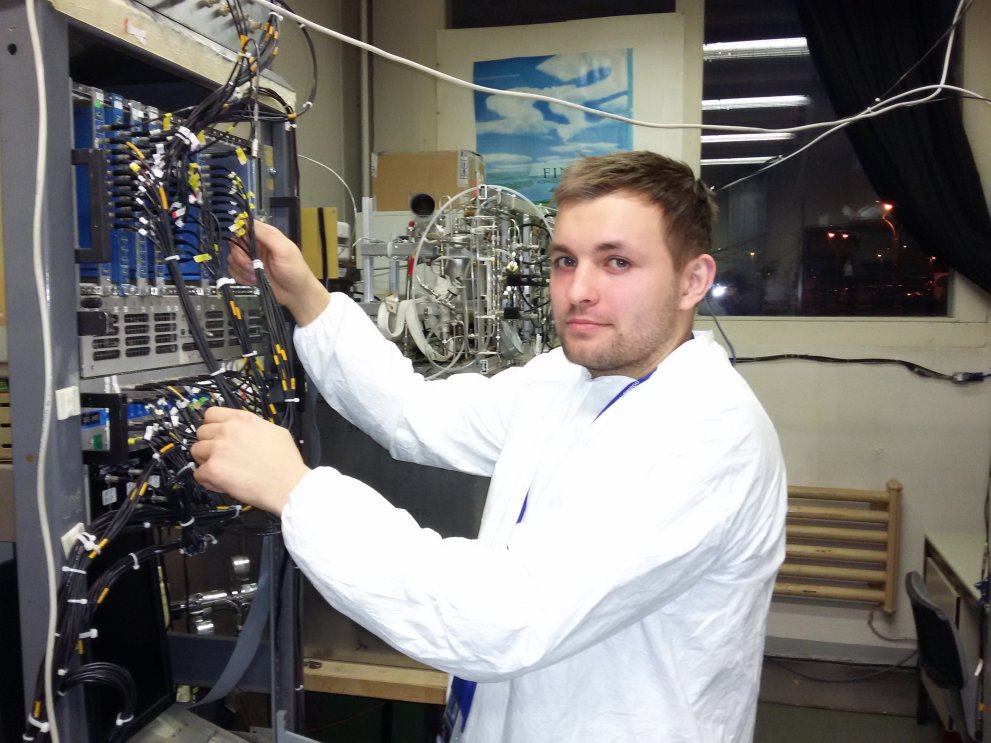Large Hadron Collider modernization before Run 2

Humanity was thinking about the structure of the world since ancient times. There were a lot of attempts from the onset of physics to investigate the mysteries of the Universe. As physics developed, the picture of the world also expanded and a lot of new branches of physics were created. Some of these branches, for example, particle physics, opened entirely new chapters in the formation of the human knowledge.
In the 21st century the society talks about actually the most ambitious experiment in the history of the mankind – Large Hadron Collider. LHC bases in territory of European Organization for Nuclear Research (CERN) on the border between Switzerland and France. Now accelerator systems are being modernized and the result of this work will allow to start a new era in the study of the matter structure. Proton beams energy will increase from 8 TeV to 13 TeV, as well as the luminosity (the amount of collected data). All these changes will allow both to develop physical analyses such as Higgs boson study, and make steps into the unknown. About 25 petabytes of information had already been collected by 2011, which exceeds the so-called «Internet Archive» (10 petabytes). After upgrade these figures will increase significantly. The accelerator complex was stopped for more than a year to prepare the detectors systems to work under these new conditions.
Now members of particle physics department are working on upgrade of some ATLAS experiment systems: Transition Radiation Tracker (ATLAS TRT) and muon spectrometer’s testing system. We asked our colleagues to tell us about upgrade works in CERN – Konstantin Vorobev, Petr Teterin and Konstantin Filippov – to learn everything at first hand.

Konstantin Vorobev. Detector testing laboratory. Geneva, CERN.
Konstantin introduced us to some details of modernization. ATLAS TRT, which is a part of the ATLAS Inner Detector, is used to register particles' tracks and to measure their momenta. Generally, one of the main tasks of TRT is to identify the particles by using the transition radiation, which occurs when relativistic particle passes through the boundary between two media with different permittivity values.
TRT is a brainchild of NRNU MEPhI and has no analogues in the world. TRT is a unique device since it operates under unprecedented conditions compared to other gas detectors. 10 billion particles are produced every second at the LHC. This is several hundreds more than in any previous experiments. These conditions put severe constraints on detector operation speed, positional resolution and reliability.
The special gas mixtures are used as a working substance in this detector and they were modernized during accelerator shutdown. Some details on this modernization (learnt from Konstantin) are given below in italics.
These studies and upgrades are expected to allow the detector to maintain its performance under the LHC extreme conditions.
The Xe+CO2+CF4 mixture was originally intended to be used in TRT, but the presence of the glass wire holder required to replace that additive (CF4). Then it was decided to use new gas mixture: Xe+CO2+O2 (70%/27%/3% respectively). Oxygen additive is very important – it ensures the detector stability. However, the ozone is produced under the influence of large doses of irradiation, which leads to the destruction of gas tubes in the points of mechanical stress and, thus, to the working gas losses. This phenomenon was observed in the first session of TRT operation in 2012.
Ozone formation and electronics response studies in various gas mixtures were performed. Also simulation of detector (with Garfield software used) was conducted.
Another important direction of the work carried out now in CERN is a development of methods for testing new detectors. These detectors will be used in the next session of the accelerator operation. Petr Teterin (PhD, head engineer) and Konstantin Filippov (engineer) of dep. #40 introduced us to the development of methods to test the new muon spectrometer in the ATLAS experiment.

Petr Teterin. Detector testing laboratory. Geneva, CERN.
The main advantages of new spectrometer are its abilities to work at an increased background radiation level with a high spatial precision, which is very important in anticipation of the LHC increasing energy and luminosity. NRNU MEPhI group is working on the development of the methods to test new detectors. Again, the technical details about this stage of modernization are given in italics.
Presently, studies of chambers responses under X-ray radiation are performed, map of currents is drafted and defective zones are searched for. Eventually, all this must be automated and integrated into a single unit. In this case, the test result is of special interest: search for defective “hot spots”, their classification, and observe the general state of the detector. Using these maps we can see how camera walls are deformed. Also we can observe various construction elements and how neatly they were made. This study is useful to improve the detectors production techniques. As for the “hot spots”, in some of them a self-sustaining discharge may occur when the irradiation is already off, but the discharge at high voltage is still on. Those spots have to be found. Unlike other working groups, we are exploring the detector without the readout electronics, just measuring the leakage currents during the irradiation.

Konstantin Filippov. Detector testing laboratory. Geneva, CERN.
We check up two methods of detectors testing: continuous scanning, i.e. camera movements under X-ray radiation or scan pointwise, i.e. scanning each spot with some fixed time. Using a steel frame with a moving carriage with installed X-ray tube on that (i.e. “scanner”), we are able to work at movements of the carriage.
Besides, our engineers deal with radiation safety: it's important because the developed systems will be used by other institutions, laboratories, and this will require to submit an opinion about radiation safety, make a map where all necessary details are shown.
We wish good luck to our colleagues in their future work and we hope the LHC will soon run at its full capacity and for new discoveries.
05.04.2015

